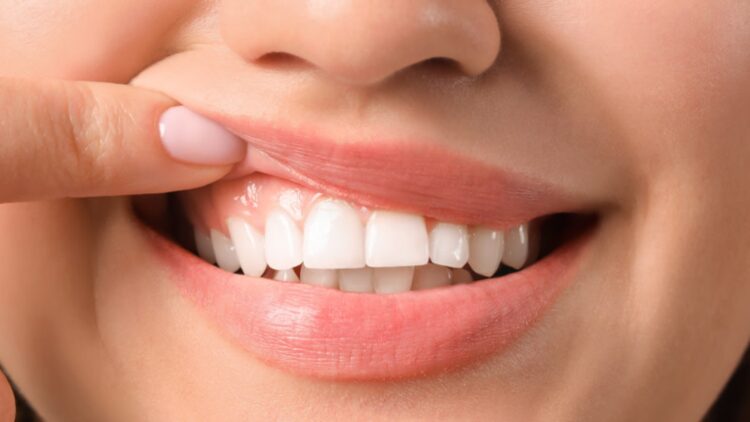Nature Communications has published research conducted by researchers from the University of Nottingham in the United Kingdom, which could represent a revolution in the world of dentistry. One of the participating pharmaceutical scientists, Abshar Hasan, explained that it is an enamel-regenerating gel capable of filling a cavity, restoring the natural tooth enamel structure. When this occurs naturally, enamel forms thanks to natural proteins called amelogenins, which the researchers have replicated using proteins called elastin-like recombinamers or ELRs.
The growth of this dental enamel occurs through epitaxial mineralization, which has shown good results in laboratory tests. It is not the first research on how to treat cavities, but it is among the most promising to date. Tests on humans will be needed, as so far only laboratory tests have been conducted.
Dental repair gel
Recently, Nature Communications published a study conducted by a group of researchers from the University of Nottingham in the United Kingdom. The main goal of the study is the development of a dental enamel regenerating gel, intended to fight cavities quickly, easily, and effectively. Naturally, the human body is not capable of generating dental enamel on its own, but replacing the damaged layer that protects the teeth could help prevent tooth decay.
The idea behind this research is to apply this gel, which mimics dental enamel, onto the dentin. According to pharmaceutical scientist Abshar Hasan from the University of Nottingham in the UK, “When our material is applied to demineralized or eroded enamel, or to exposed dentin, the material promotes crystal growth in an integrated and organized way, restoring the architecture of our healthy natural enamel”.
How did they make this gel?
When enamel first grows naturally, natural proteins called amelogenins are involved in that process. Based on that process, researchers tried to mimic that dental structure using proteins called elastin-like recombinamers, or ELRs. With this new synthetic structure, the goal is to promote the growth of new enamel through a process called epitaxial mineralization. New enamel crystals are formed from the calcium and phosphate present in saliva, although so far it has only been approved with a solution applied to worn teeth.
According to Hasan, “We have tested the mechanical properties of these regenerated tissues under conditions that simulate real-life situations—such as tooth brushing, chewing, and exposure to acidic foods—and found that the regenerated enamel behaves just like healthy enamel”.
Research continues
This is not the first research aimed at offering a quick, effective, and practical solution for treating cavities, but it is one of the most promising. Not only does it propose the possibility of growing entire teeth in laboratory settings to later transplant them, but it also provides an easy and quick method to apply when the tooth is not yet severely damaged. The researchers have founded a start-up to advance their research and continue developing it.
So far, tests have only been conducted in the laboratory, and the next step is to carry out trials in a small number of real humans. According to the researchers, “These results suggest that our technology could provide a one-stop solution for dental enamel regeneration regardless of the level of dental erosion”.
